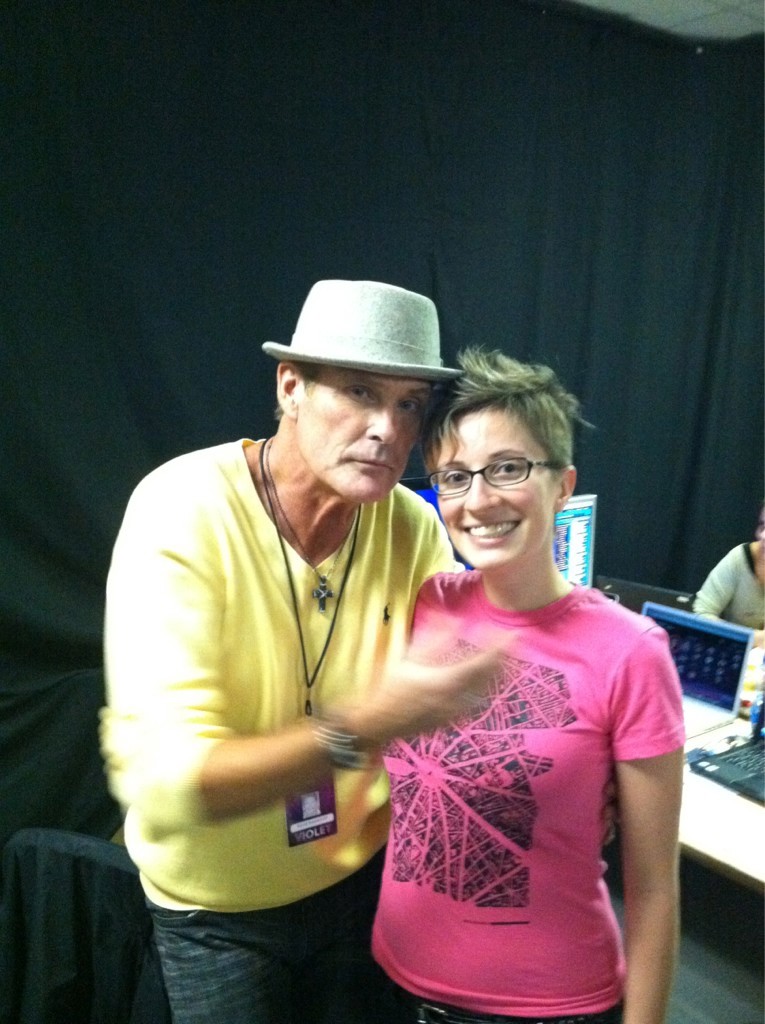
This past January saw the first meeting of ConvergeSF, which hosts events to explore the intersection of design, art and technology here in San Francisco. Stamen’s resident mathematician, Rachel — (how cool is that?) — presented along with Doug Winnie from Lynda.com.
After many years of working in Flash, Stamen has been steadily moving towards a HTML5/JavaScript toolset for mapping and visualization. In her talk, Rachel outlined some examples of best work sans Flash, explaining how JavaScript is more effective than Flash in a lot of ways, but still catching up in others. Here are the slides from her talk.
And while slides are a good record of the main points of any talk, I wanted to hear more directly from Rachel, so I asked her a few questions to follow up…
George: What do you think is the main reason people have moved away from Flash over the past few years?
Rachel: I think that there’s a couple of different reasons: Apple stopped supporting it, which became a huge push away from Flash and into JS. Talking with other people who used to work in Flash, it was almost as if Flash was becoming a bit of a dead end. It wasn’t being actively improved or developed — it was more or less static on all platforms. Javascript is just much more flexible.
G: What’s your favourite Stamen HTML5/JS project?
R: My favourite pet project is the European Music Awards [Twitter Tracker].

G: Is that because you got to meet The Hoff?
R: Yes.

[The EMA site] is the nicest thing that I’ve made here at Stamen so far. One of the major hurdles that we’ve had is getting the motion to work as well as it did in Flash. I think that the EMA site was great in terms of creating constant ambient motion that was interesting and fluid. The animations are short enough to be interesting, and long enough to hold a narrative… The new Esquire project athttp://migration.stamen.com/ is great too — it’s so fast, so responsive.
G: Stamen has been using a variety of JS libraries like d3.js and paper.js on projects here, but I understand you’ve been doing a bit of research around new potential tools we could be using. What have you discovered?
R: I guess the main thing that everyone’s talking about and trying to figure out how to use would be WebGL and specifically three.js. I am a bit of a WebGL curmudgeon, though, because it doesn’t work and crashes all the time. The success rate is too low for me to be excited. It’s a different way of thinking about objects, primarily built out for game rendering and environments. You build an object then color and shade it, then look at it. This isn’t necessarily what I’m interested in on the web. Alien masks, shading, light sources…? Make a scene then move the camera around?
I’m more excited about building things that people can play with, interact with and change. Seems like you can simulate that with WebGL, but that’s not what it’s best at.
Sencha is another JS library that offers UI and animations and recognizes different touch events. Then you can write JS to respond to that. Finger is not longer just mouse pointer, but we can start poking at gesture support. Fun to think about websites as mobile native applications…
G: Thanks, Rachel! Holy crap, there are some braniacs around here!! Is it OK if I call you a brainiac?
R: Yes.
There are a few other things Stamen is, or has been, out and about doing:
- On January 23, Mike & Eric gave a presentation at Code for America about Data Visualization as part of the Big Data for the Public Good seminar series. You can watch videos of those presentations on Greenplum.
- Mike & Shawn have been teaching a Visualizing and Mapping Data course at the Grey Area Foundation for the Arts. This round of classes is about to finish up, but there’s talk of another run if there’s interest.
- Rachel is presenting at Designers and Geeks, trying to convince you that “The Future will be made of Screens” on Thursday, February 23 at 7pm. Update, March 2, 2012: Here are Rachel’s slides from that presentation.
- I’m headed to SxSW in March to be on a panel about “Creating an Internet of Entities” with Tyler Bell from Factual, Drew Vogel from the Sunlight Foundation and Pete Warden from Jetpack. We’ll be talking about the difficulty of finding resolute entities (like, say, a person) in the ocean of data we find ourselves in, and how important it is to give these entities a place to call home if you do manage to find one. That talk is on Tuesday, March 13 at 11am. I’m also looking forward to enjoying a few Shiner Bocks and as much barbecue as any one young lady should eat.
- Eric is sitting on the jury for the Cooper-Hewitt’s National Design Awards, so will be in New York City March 12–13 (missing out on the barbecue in Austin).
In the coming weeks, I’ll be reporting more from the trenches, as it were, in the form of a quick video or another interview or a screenshot and a story about some work in progress. Stay tuned!
